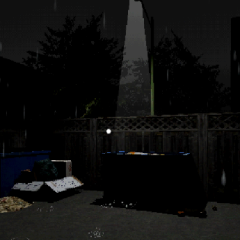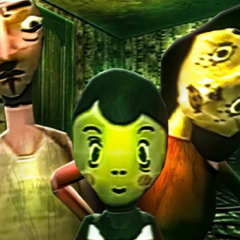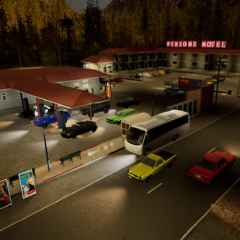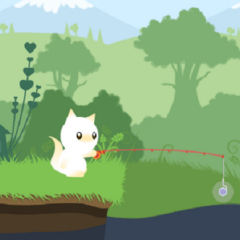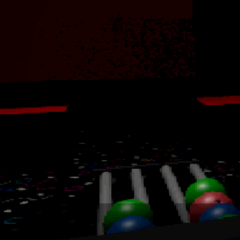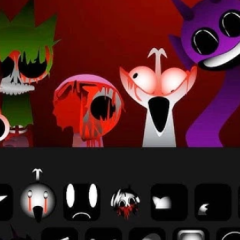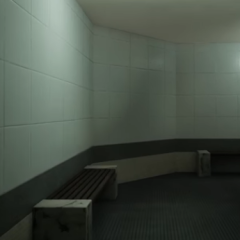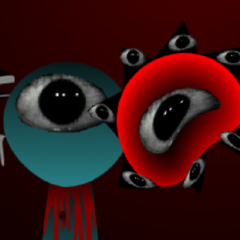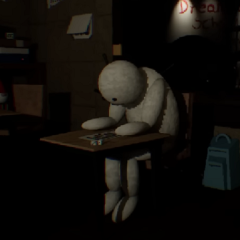Cold Meat is a short horror experience developed by TanukiDesigns where players step into the shoes of Bob, a delivery driver who arrives at a butcher shop late at night. His task is simple — deliver the order and leave — but what awaits inside is far from routine. The game’s strength lies in how it builds tension through silence, space, and movement. It transforms an ordinary workplace into a dangerous environment where survival depends on awareness and timing rather than confrontation.
Gameplay Mechanics
The gameplay in Cold Meat is based on classic first-person controls: move, look, and interact. The player must explore the dark corridors of the butcher shop, searching for a way out while avoiding unseen threats. The controls are intentionally simple, allowing the focus to stay on sound, pacing, and the atmosphere. There are no weapons or defense options — only the ability to move quietly and react fast when something feels wrong. Each failed attempt teaches players how to navigate more efficiently.
Main gameplay features include:
· Movement through confined rooms and corridors
· Searching for interactive objects and exits
· Listening to sound cues that signal danger
· Restarting after failure and applying new knowledge
· Surviving by observation rather than force
Environment and Design
Cold Meat takes place in a compact, isolated setting — the butcher shop itself. The environment is built to enhance tension through layout and sound design rather than visual horror. Metallic echoes, the hum of freezers, and distant noises become signals that guide or warn the player. Each area is distinct but connected through narrow passages, making navigation both familiar and threatening. The level design encourages slow exploration, where every turn of a corner might change the situation completely.
Player Experience and Strategy
The player’s main task is not to fight but to understand. Cold Meat tests focus and patience by turning ordinary actions — like opening a door or walking through a hallway — into decisions that can determine success or failure. The limited visibility forces reliance on subtle cues, such as footsteps or faint noises behind walls. Every mistake feels personal, pushing the player to replay and refine their approach. The repetition adds a rhythm of fear and control, keeping tension constant from start to finish.
Cold Meat shows how minimalism can create effective horror. The absence of dialogue, enemies on screen, or complex storylines turns every moment into a test of perception. The short length of the game makes it accessible but memorable, as each session offers a clear goal: survive and escape. By focusing on the player’s senses instead of traditional scares, Cold Meat delivers a focused, atmospheric experience that stays intense until the final second.

